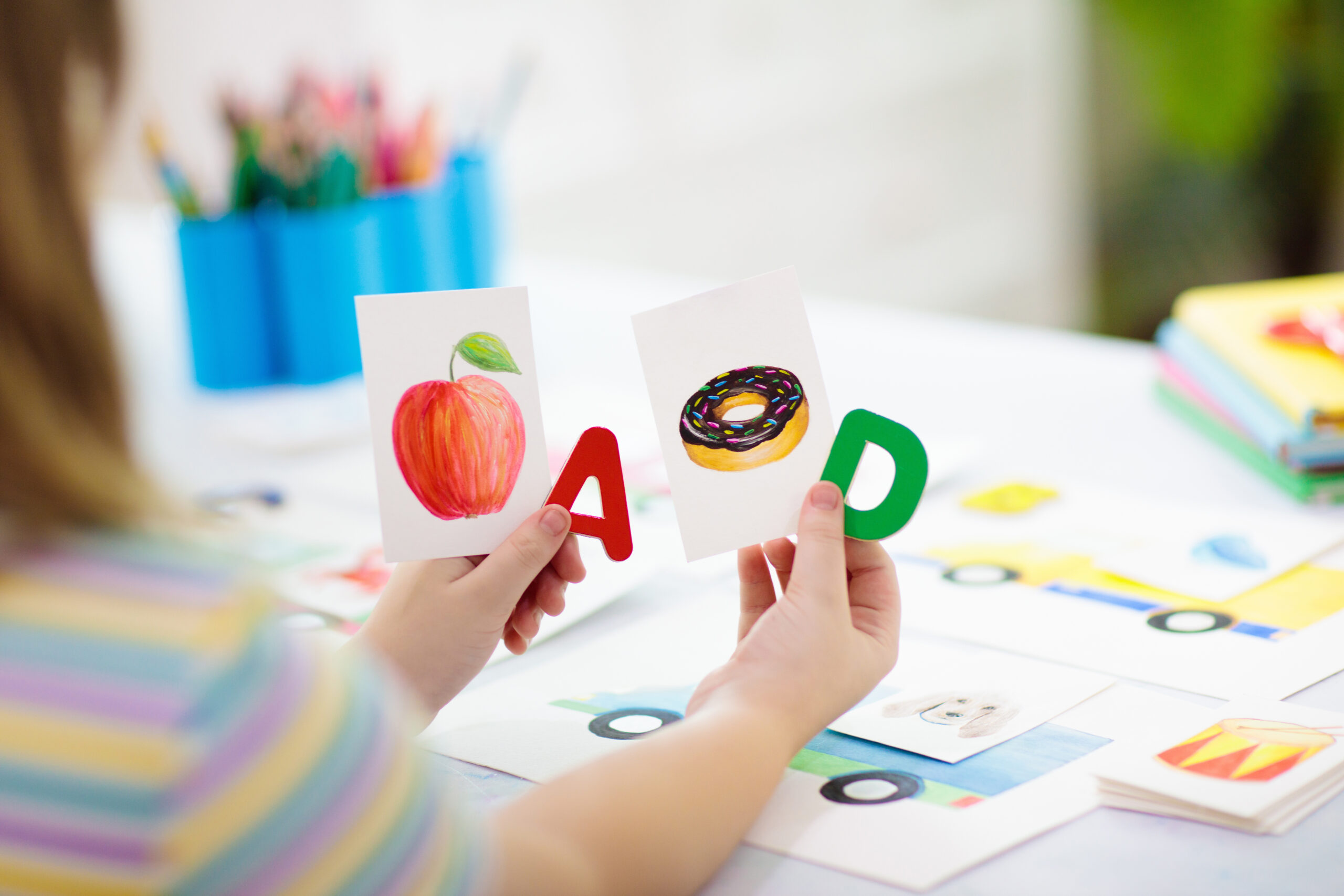Digital Preschool Blog
Digital Preschool is an online preschool program for children who will be entering Kindergarten the following fall.

Help Me Homeschool supports families who wish to homeschool their young children. In this article, we will discuss the steps you’ll need to get started. The first step is to set a schedule. Following a schedule is important, not only for you, but for the child. Consistency and predictability are the keys to success–children need to know what to expect, and […]
Open Post
Prev
Page
Page
Next
Page
Page
Stay In The Loop.
Join The Group.
FREE FACEBOOK GROUP
Join the Digital Preschool Facebook Group, a group built for both parents and children! We host parent trainings, live storytelling, educational classes, and more.